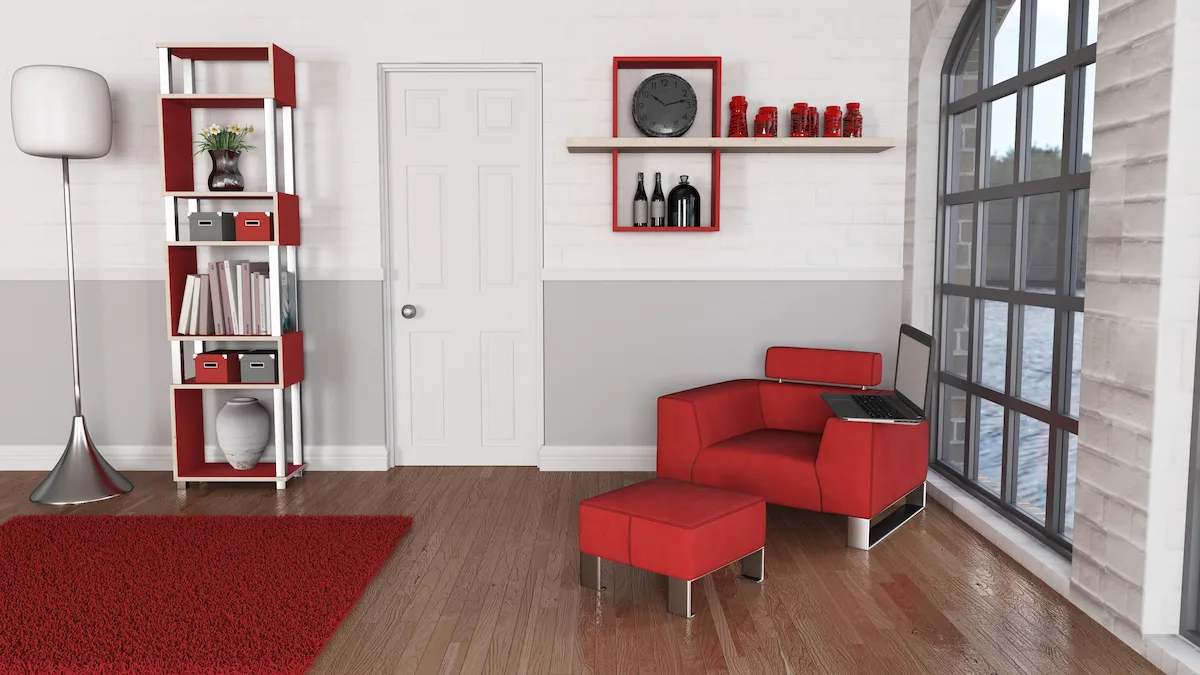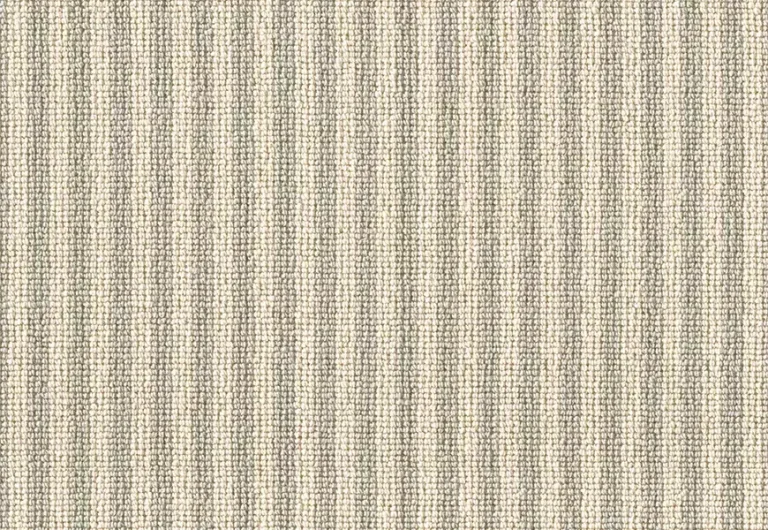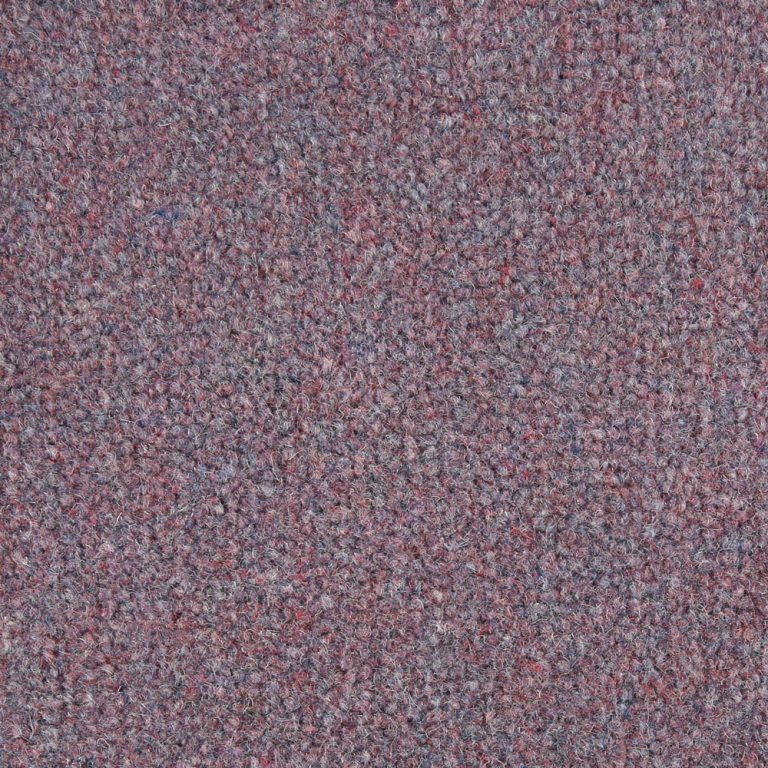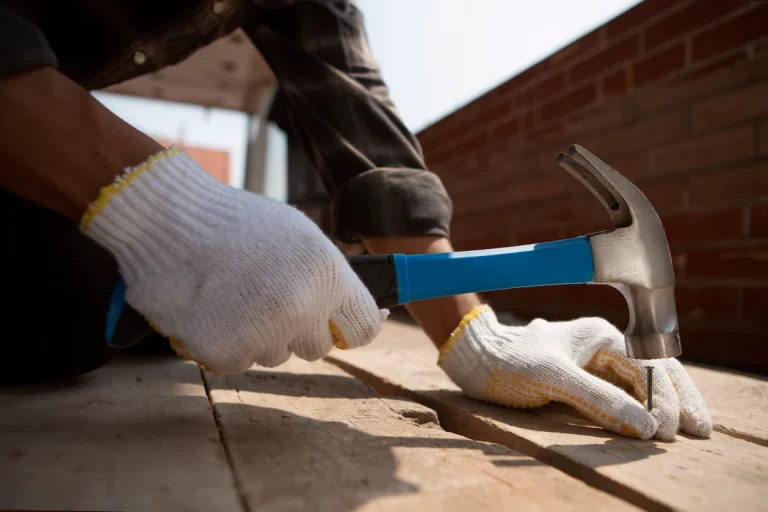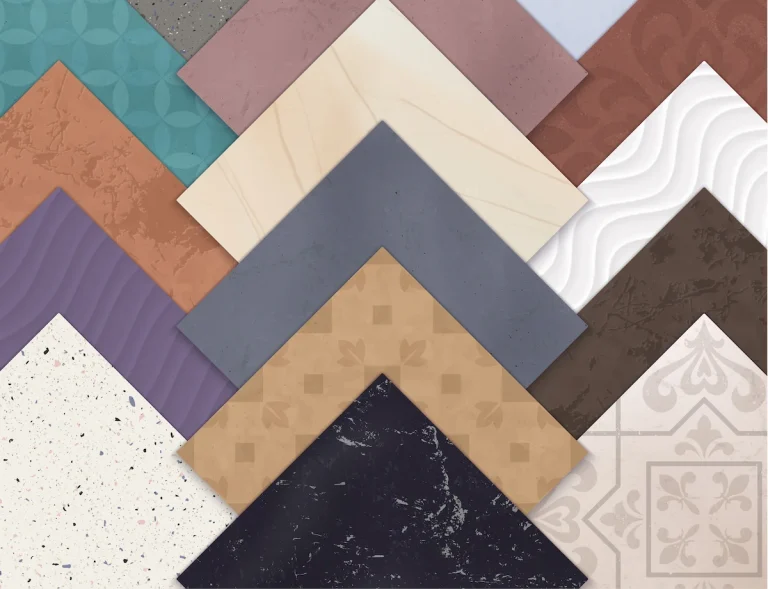Choosing the right flooring type for your home or business is crucial for long-term performance and aesthetic appeal. Two popular modern options are LVT (Luxury Vinyl Tile) and SPC (Stone Plastic Composite) flooring. Both offer realistic finishes that mimic natural materials like wood or stone, but each has unique features that set them apart. In this guide, we’ll explore the difference between LVT and SPC flooring in depth to help you make an informed decision.
Understanding the Basics of LVT and SPC
Before diving into comparisons, it’s essential to understand what these flooring types are and why they are increasingly preferred in British homes.
What Is LVT Flooring?
LVT stands for Luxury Vinyl Tile. It is a flexible vinyl flooring option made from multiple layers of PVC vinyl and a top photographic layer that replicates wood, stone, or ceramic designs.
What Is SPC Flooring?
SPC stands for Stone Plastic Composite. Like LVT, it replicates natural surfaces, but it contains a rigid core made of limestone and stabilisers, which gives it additional durability and resistance to impact.
Key Differences Between LVT and SPC Flooring
While LVT and SPC share similarities in appearance and installation, several factors differentiate them in terms of composition, performance, and practicality.
1. Composition and Structure
LVT: Flexible vinyl core that feels softer and warmer underfoot.
SPC: Rigid core infused with limestone, offering a tougher, more solid feel.
The difference between LVT and SPC flooring begins with the way each is manufactured. LVT is made using soft vinyl layers, making it more pliable. SPC, on the other hand, includes a rigid stone-plastic core, making it much sturdier.
2. Durability and Strength
LVT: Good for light to moderate residential use.
SPC: Excellent for high-traffic and commercial areas.
SPC flooring is typically more resilient under pressure, resisting dents and warping more effectively than LVT. If you have heavy furniture, pets, or high footfall, SPC is often the better choice.
3. Comfort and Acoustic Performance
LVT: More cushioning, better for standing over long periods.
SPC: Firmer but with built-in underlay options for sound reduction.
A major difference between LVT and SPC flooring is how each feels underfoot. LVT provides more give, which can be more comfortable in bedrooms or lounges. SPC may feel harder but offers better sound insulation, especially when installed with integrated underlay.
4. Moisture Resistance
LVT: Highly water-resistant, ideal for kitchens and bathrooms.
SPC: 100% waterproof, suitable for all areas including basements.
Both flooring types are great for areas exposed to moisture, but SPC’s solid core makes it completely waterproof, adding another layer of protection in damp-prone spaces.
5. Installation Method
LVT: Glue-down or click-lock installation.
SPC: Primarily click-lock, floating floor system.
When considering how to install LVT or SPC, remember that LVT often needs adhesive unless it’s a click version. SPC is quicker and easier to lay thanks to its floating floor system—perfect for DIY projects or quick renovations.
6. Design Variety and Realism
LVT: Typically offers more texture and variation in finishes.
SPC: Limited to pre-printed patterns but improving rapidly.
Design-wise, LVT may still have the edge in replicating ultra-realistic textures and patterns. However, advances in SPC manufacturing are quickly closing the gap.
7. Price and Affordability
LVT: Generally more affordable upfront.
SPC: Slightly more expensive due to the rigid core, but longer lifespan.
While LVT is budget-friendly, SPC can be seen as an investment due to its durability. Still, both offer excellent value for money compared to natural hardwood or stone.
Which One Should You Choose?
The best choice between LVT and SPC will depend on your specific needs. Consider the following:
- For family homes with kids and pets: SPC is a better option due to its strength.
- For comfort and aesthetic variety: LVT may be preferable, especially in bedrooms or quieter spaces.
- For bathrooms, basements, or utility areas: SPC wins for its 100% waterproof nature.
Understanding the difference between LVT and SPC flooring helps you align your decision with lifestyle, budget, and performance needs.
Closing Thoughts: Explore TEKA Flooring’s Premium LVT Options
Now that you’re well-versed in the difference between LVT and SPC flooring, why not explore your options with TEKA Flooring Peterborough? We offer a wide range of stylish and durable LVT flooring perfect for every room in your home. Whether you’re renovating a cosy bedroom or a high-traffic hallway, our team is here to help you make the right flooring choice.
Read also:


























